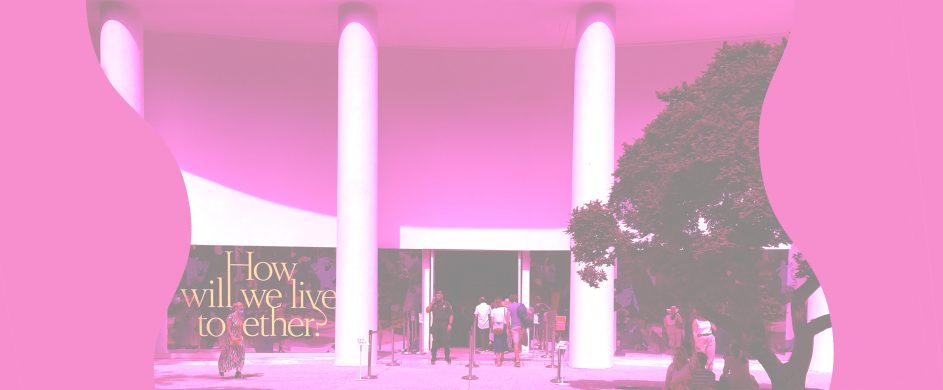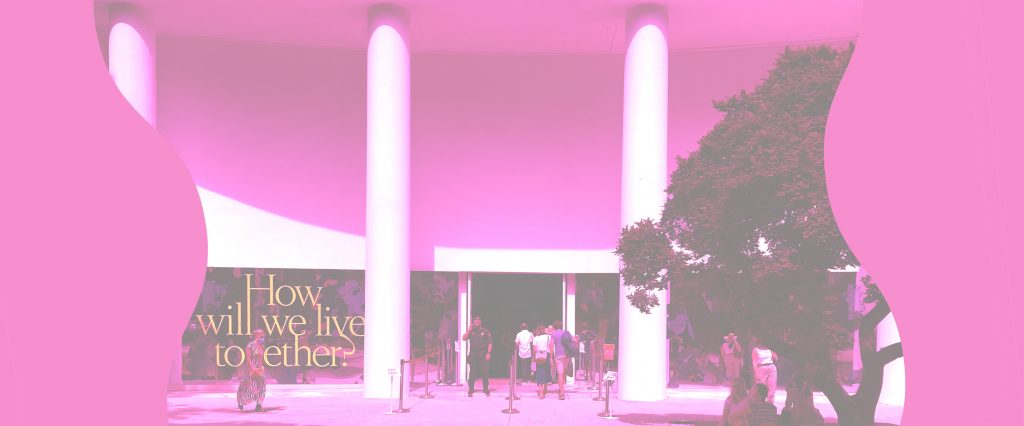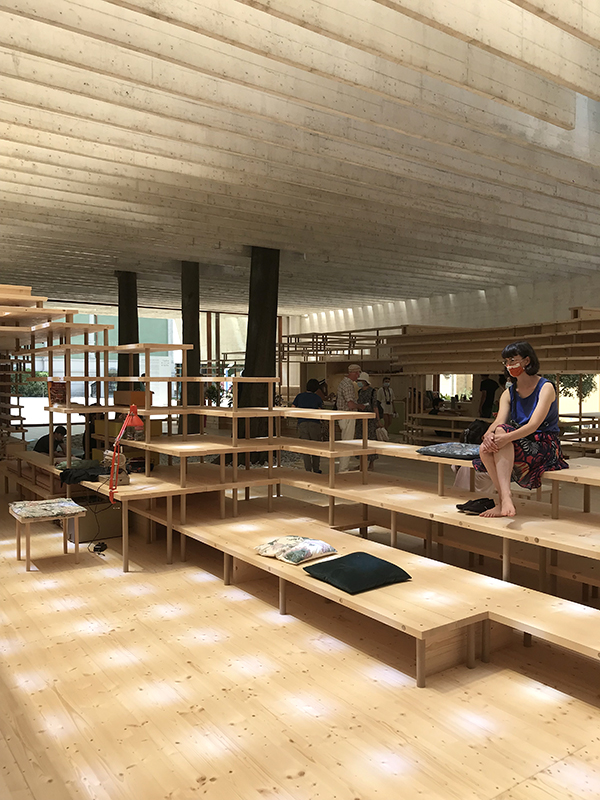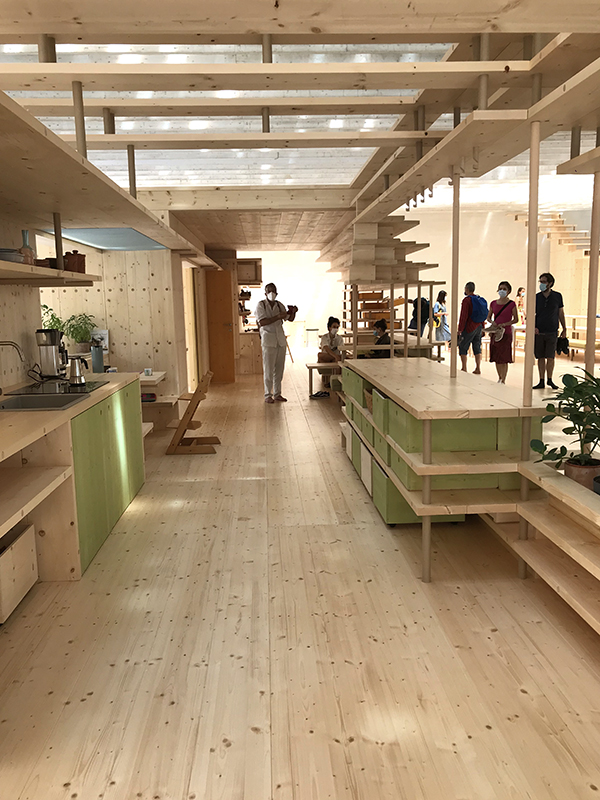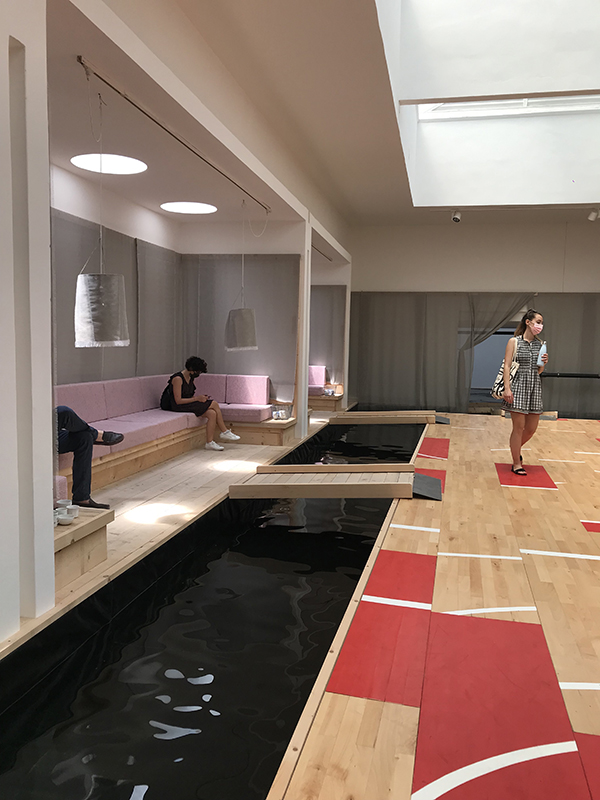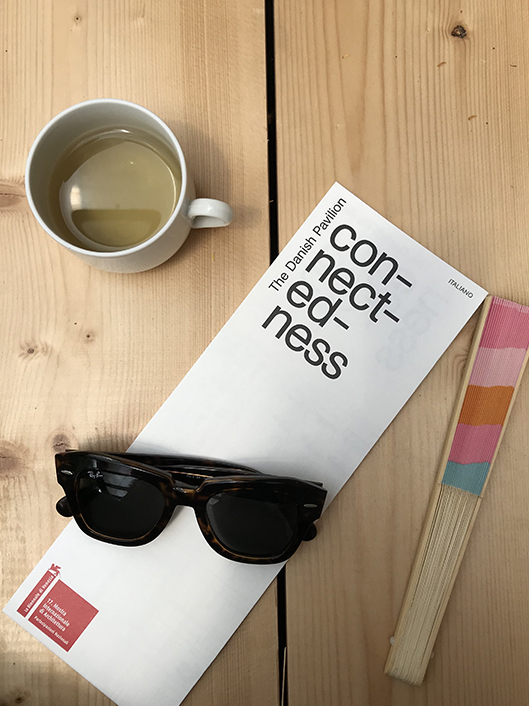The last two years have been so poor of visual inputs that we really felt the need to spend two days immersed in the crazy installations of the Venice Biennale. In general, we liked this Architecture Biennale. Starting with the theme, How will we live together? A reflection clearly linked to the historical period we are experiencing and that the various pavilions have faced at different scales, from the house to the neighborhood, from the city to the borders. There are many exhibitions that have strived our interest, and it would be impossible to name them all, so let’s try to describe our experience at the Venice Biennale 2021 with the five things that impressed us the most.
/
Gli ultimi due anni sono stati così privi di stimoli visivi che sentivamo proprio il bisogno di passare due giorni immersi nelle pazze istallazioni della Biennale di Venezia. A noi, in generale, questa Biennale di Architettura ci è piaciuta. A partire dal tema, How will we live together? (Come vivremo insieme?) una riflessione chiaramente legata al periodo storico che stiamo vivendo e che i vari padiglioni hanno affrontato a scale diverse, dalla casa al vicinato, dalla città ai confini. Sono tante le mostre che ci hanno colpito, e sarebbe impossibile nominarle tutte, quindi proviamo a descrivere la nostra esperienza alle Biennale di Venezia con le cinque cose che ci hanno colpito di più di questa edizione.
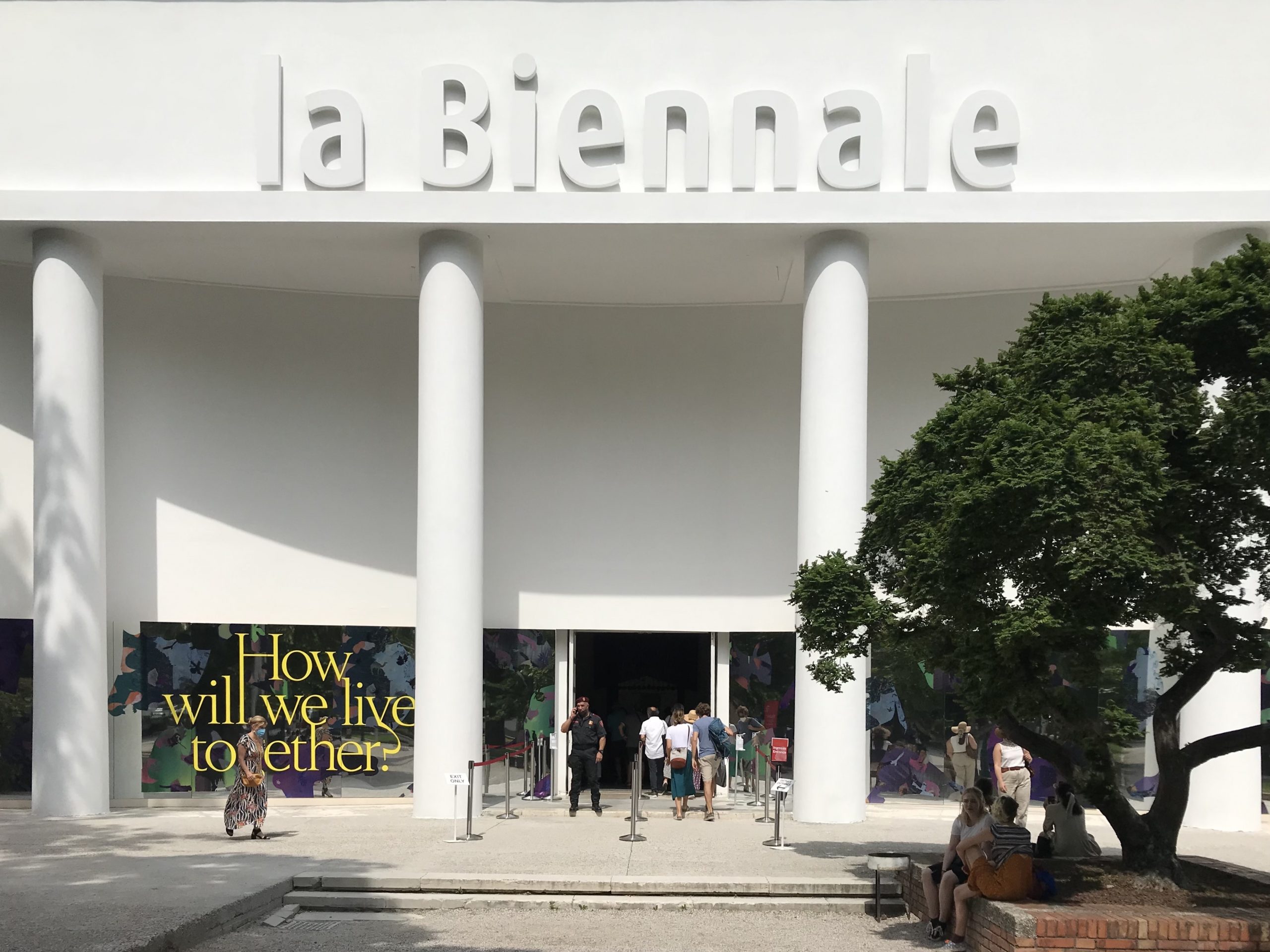
Colours
Great Britain’s Pavilion was probably one of our favourites, both for the topic and for what concerns the setting up. “The Garden of Privatised Delights” highlights the scarse presence of common and sharable outer spaces and it moves an ironic and sensitive critic to the civile british construction industry. A colorful garden and the installation of a pub are the two main points of the exhibition.
Colori
Il Padiglione dell’Inghilterra è stato forse uno dei nostri preferiti, sia per quanto riguarda il tema ma anche dal punto di vista espositivo. “The Garden of Privatised Delights” (Il Giardino delle Delizie Privatizzate) che mette in luce la scarsa presenza di spazi aperti comuni e di condivisione e critica con ironia e leggerezza l’edilizia civile britannica. Un giardino coloratissimo e l’allestimento di un pub sono i due punti focali della mostra.
Colour is also the main feature of the Turkish Pavilion, in which the observer enters to a massive yellow unit, made up of diverse settings (diorama) that compare the ordinary features of the typical Turkish architectural construction technique and the geography of the extraction of the construction materials, the production and distribution processes, care and maintenance. The installation invite the public to consider Architecture as a unity of measure with which the surrounding space can be imagined.
Il colore è anche la caratteristica principale del Padiglione Turco, dove il visitatore viene accolto da un massiccio volume giallo, contenente vari settings (diorama) nei quali vengono messi a confronto gli aspetti ordinari della costruzione architettonica in Turchia e le geografie dell’estrazione dei materiali, i processi di produzione e distribuzione, la manutenzione e la cura. L’invito di questa installazione è quello di intendere l’architettura come un’unità di misura con cui l’ambiente può essere immaginato.
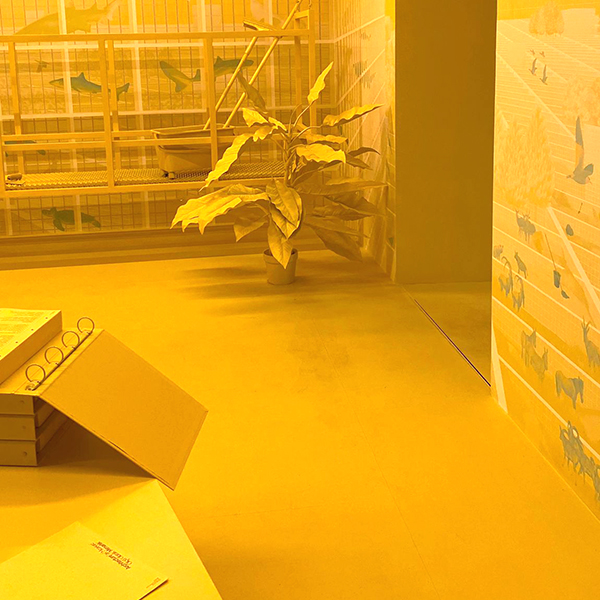
Wood
Before entering the Scandinavian Pavilion, we0ve been asked to take off our shoes, just like you do when you enter a Scandinavian house. A house built out of a unique space, which has been fragmented in more spaces, all made of fir wood. This is an Open Source project, an experiment to explore new models of co-housing, in which the inhabitants are invited to share their intimacy among the co-habitants and with the public.
Legno
Per entrare nel padiglione dei Paesi Nordici ci hanno chiesto di toglierci le scarpe, come è consueto fare quando si entra nelle case scandinave. Un’abitazione ricavata da un unico spazio, suddiviso in più ambienti, tutto realizzato in legno d’abete. Un progetto opensource per esplorare nuovi modelli di co-housing nei quali si invitano gli abitanti a condividere la vita privata tra di loro e con il pubblico.
The structure built in the Philippines Pavilion is made in wood too. A public library built with the help of the citizens of a small community next to Manila. A perfect example of how collaboration is needed to redeem from adversities and how architecture can be an engaging instrument for the population.
In legno è anche la struttura presentata dalle Filippine, una biblioteca costruita con l’aiuto dei cittadini di una piccola comunità vicino Manila, un esempio di come la collaborazione serva a riscattarsi dalle avversità e di come l’architettura può essere motivo di coinvolgimento della popolazione.
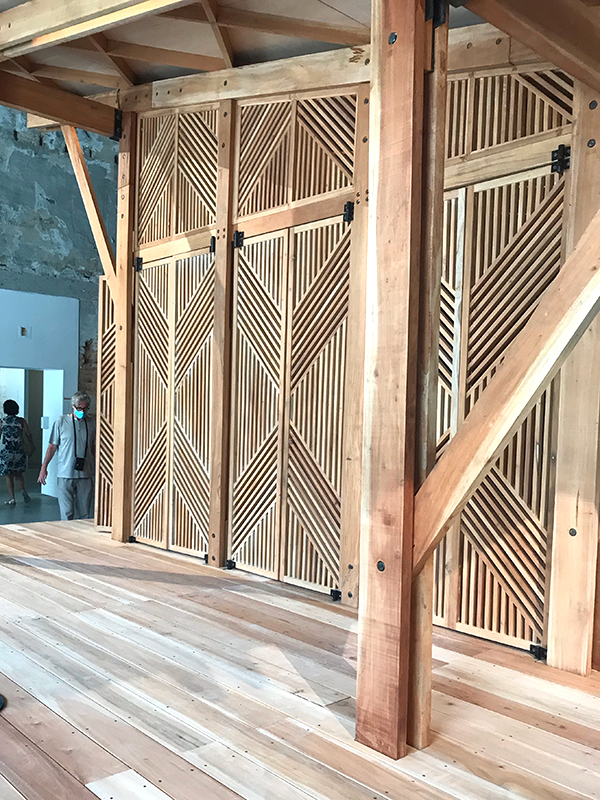
Qr Code
Something strived our attention more than other things and this is the over amount of QRcodes. There was a QRcode to download the brochure, one to download the map, another one to access to the WiFi and another one to watch an extra content related to the exhibition. That’s of course a clever way to avoid contact with the surfaces but at the same time it represents a great struggle for all the free cards’ and pamphlets’ lovers.
In fact, the German Pavilion made us feel like “boomers”. Scanning a code the user get access to an online platform that leads to a 3D reproduction of the pavilion. It is possible to choose an avatar and to interact with the other users of the platform. Well, we weren’t able to make the platform work and we gave up soon.
Qr Code
Se c’è una cosa che ha sicuramente attirato la nostra attenzione è stata la fortissima presenza dei qrCode. Un qrCode per scaricare la brochure, uno per la mappa, un qrCode per accedere ad internet, uno per guardare un contenuto correlato all’istallazione. Ovviamente è un giusto sistema per limitare il contatto con le superfici, ma, contemporaneamente, una grande sofferenza per i fan delle cartoline e delle brochure omaggio.
Ad esempio, il Padiglione della Germania ci ha fatto sentire un po’ boomer. Scansionando un qrCode si accede ad una piattaforma virtuale, che riproduce le pareti del padiglione. Si sceglie un avatar e si interagisce con gli altri avatar presenti nello schermo. Ecco, noi non siamo stati capaci di far funzionare questo strumento e ci siamo arresi molto presto.
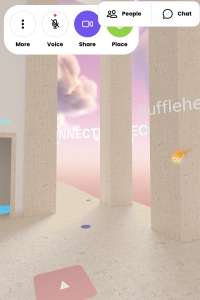
Reproduction
The Belgian Pavilion is probably the Architects’ Paradise. A typical flaming city, reproduced in wood and carboard. The 45 buildings designed by 45 architects contributed to the realization of this imaginary environment, in which different shapes, ages and functions cohesist in the same place. Suggestive and entertaining.
Riproduzione
Forse, il padiglione del Belgio è il paradiso degli architetti. Una città fiamminga riprodotta con dei modellini in legno e cartone. 45 edifici progettati da altrettanti architetti, hanno contribuito alla realizzazione di questo paesaggio immaginario, in cui convivono forme, epoche e usi diversi. Suggestiva e divertente.
Water
Water is the central element of the Danish Pavillion and inhabits the whole space, aiming to celebrate its importance on the planet and its cyclic movement. The pluvial water is collected and then transformed. It becomes water to drink, water to give life to a small vertical garden and runs around all the rooms of the pavillion.
Acqua
L’acqua è l’elemento centrale Padiglione della Danimarca ed abita tutto lo spazio espositivo, con l’intento di celebrare la sua importanza sul pianeta e la sua ciclicità. L’acqua piovana viene raccolta e poi trasformata. Diventa acqua da bere, acqua per dare la vita ad un piccolo orto verticale e percorre tutte le sale del padiglione.
Parola bonus Bonus word
Spritz!
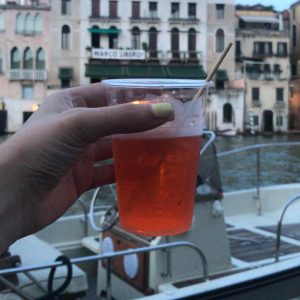
Have you already been to the Venice Biennale?
Let us know your top 3 favourite things you’ve seen!
/
E voi, siete già stati alla Biennale?
Fateci sapere le 3 cose che vi sono piaciute di più!

